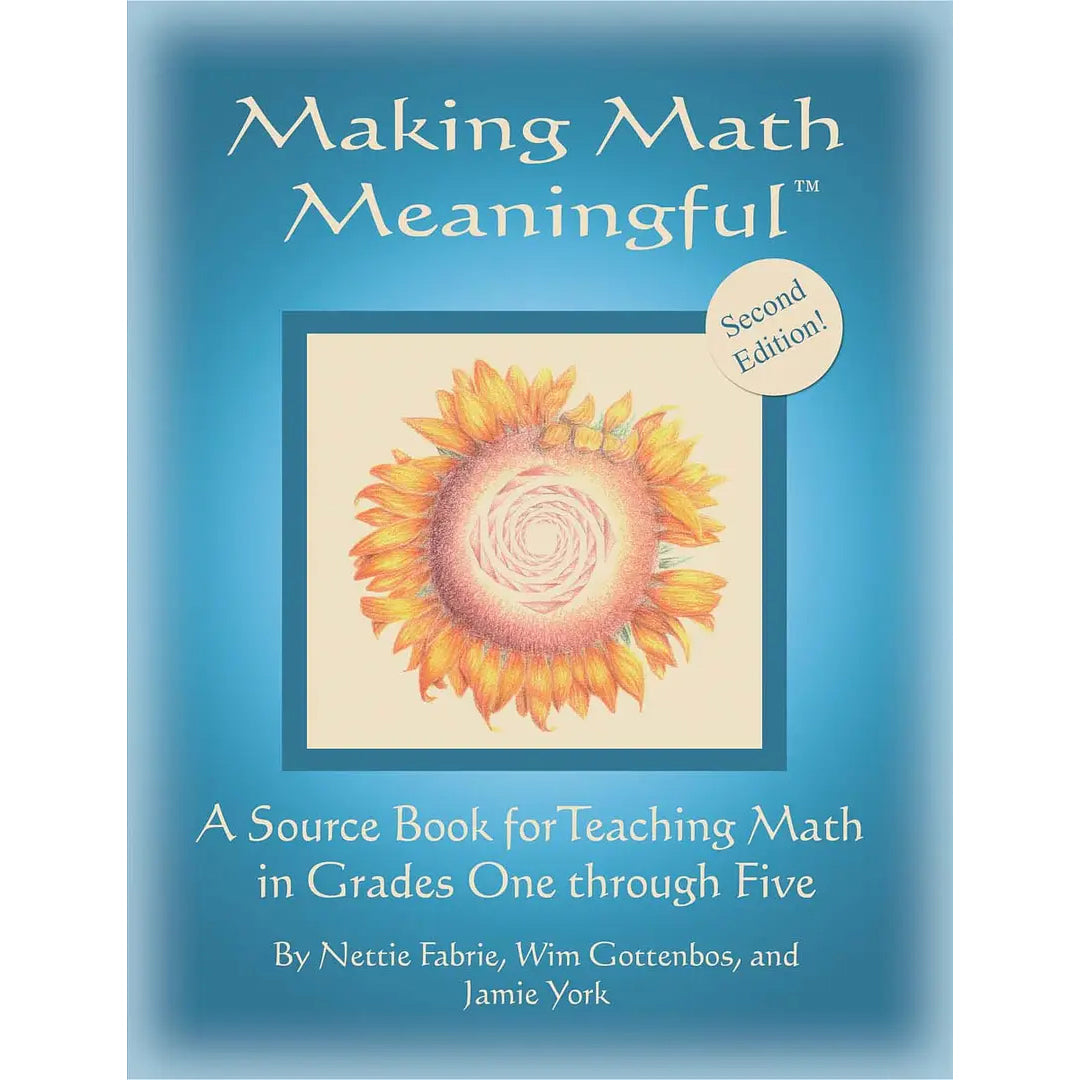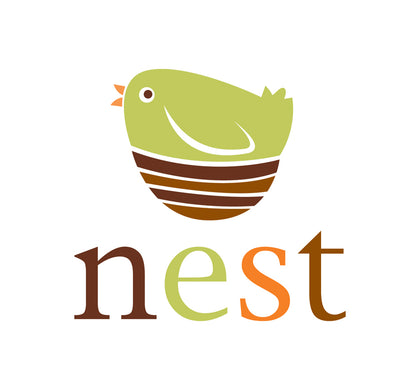
- 6 years or older
- Made in the United States
by Nettie Fabrie, Wim Gottenbos, and Jamie York
Who can use this book? Most of the author’s teaching experience is within the Waldorf school system. Yet this source book can be effectively used by any teacher or homeschooling parent who wishes to teach meaningful, age-appropriate math.
The Math Tightrope. In teaching mathematics, perhaps like no other subject, we find ourselves walking a tightrope. If we step a bit to one side, a sizable portion of the class becomes perplexed and overwhelmed. If we correct ourselves to the other side, the quicker students get bored and the class as a whole doesn’t progress enough. For many teachers, each step along this tightrope brings up unpleasant memories from their own childhood.
As Waldorf teachers, we are aware that the teaching of math is more than just an intellectual exercise. We engage the will of the students as we use movement and rhythmical exercises to teach the times tables. Through appropriate stories, we engage the feeling realm of the students and spark their interest in math. Rudolf Steiner, the founder of the first Waldorf school, spoke of the importance of “permeating the soul with mathematics in the right way” and how a healthy relationship to mathematics can benefit the student’s later spiritual development.
Certainly, math in a Waldorf school is viewed differently and taught differently. Yet, the problems we face are often the same as in the mainstream. All too often, a class enters middle school with many of the students weak in math and saying, “I’m bad at math, and I hate it.”
Why is this so? How can we do better?
This book covers the following:
Principles of Waldorf education
Working with “struggling” students
Will our children be prepared?
Golden rules for teaching math
Topics in the math classroom
Ideas for manipulatives, movement, main lesson books, etc.
The art of teaching math
What makes this Waldorf math book different?
Detailed curriculum guidelines for first through fifth grade.
Overview of child development in each grade.
Specific ideas for every math main lesson.
Step-by-step progressions for learning the arithmetic facts, times table, basic
addition, and subtraction, long multiplication and long division, etc.
General ideas and suggestions for teaching math successfully in the lower grades.
You should also consider signing up for…
Our Grade-Specific Online Workshop: The Art of Teaching in Grades 1-3
Our Grade-Specific Online Workshop: The Art of Teaching in Grades 4-5
About the Authors Nettie Fabrie is a trained Waldorf teacher and remedial specialist from the Netherlands. From 1976 – 1993 she was a class teacher at the Brabant Waldorf School in Eindhoven. From 1995 – 1999 she taught history and art history in the high school. Nettie has mentored teachers in Holland, the Czech Republic and the US. She is on the core faculty of Sound Circle Center, co-directs the Grade School Teacher Training and SCC’s Mentorship Seminar, and is coordinator of the Remedial Program at Seattle Waldorf School.
Wim Gottenbos taught in Dutch public schools for 12 years before training and becoming a Waldorf teacher. Since then he has taken two classes 1st – 8th grade in Holland, and trained and worked as a Remedial Specialist and teacher mentor. He has carried many classes in all the lower school grades at the Seattle Waldorf School.
Jamie York’s search for meaningful education led him to Shining Mountain Waldorf School (in Boulder, Colorado), where he started teaching math in 1994. In addition to teaching middle and high school math, Jamie consults at Waldorf schools and teaches math workshops across North America. In the summer, he serves on the faculty at the Center of Anthroposophy (in Wilton, NH) as part of their Waldorf High School Teacher Education Program and adjunct professor of Antioch University, NH.
A Teacher’s Review.
I found the Lower School Source Book for Teaching Math in Grades One through Five extremely useful as a resource. It presents a fresh look at how to make math the exciting adventure that it truly is, instead of a list of procedures and skills that must be covered each year. It helped me understand the importance of giving students the opportunity to discover for themselves the magic of numbers and how they work, instead of focusing on the memorization of blind procedures. I loved how this book shifted the focus of my lessons from procedural skill building, to building a math capacity by placing the emphasis on developing a healthy sense of number, nurturing flexibility in thinking, and instilling a fearlessness for meeting new challenges. This book is a must-have if you are looking for a paradigm shift in how to educate children in a healthy way, yet it is also full of practical examples and fun math problems that you can lift right out of the book and apply directly to your lessons. While the first part of the book gives you an overview of important educational principles to keep in mind, the second part of the book gives detailed curriculum summaries and lesson topics for planning your lessons in grades one through five. I would highly recommend this Lower School Source Book for any teacher looking to deepen his or her understanding of math education in the lower grades. It has been a game changer in my teaching!
— Verita P. Teacher.
Softcover, 90 pages. 11 x 8"
2nd Edition Published by Jamie York Press.
Printed in the United States.
About the Author
Jamie York is a Steiner-Waldorf maths teacher and consultant, and creator of the Making Maths Meaningful programme. Born in Maine, he has taught maths at Shining Mountain Waldorf School in Boulder, Colorado for over twenty years. He consults for a variety of schools in the USA and internationally, and serves on the faculty at the Centre for Anthroposophy in Wilton, New Hampshire, training Waldorf high school maths teachers.

